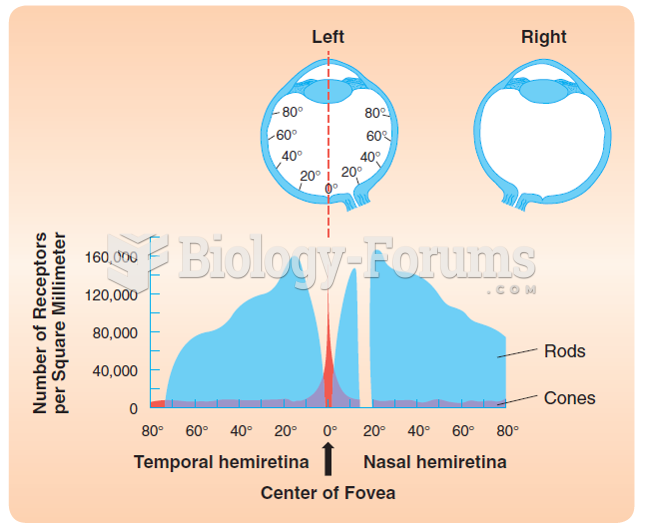|
|
|
Approximately 15–25% of recognized pregnancies end in miscarriage. However, many miscarriages often occur before a woman even knows she is pregnant.
The first-known contraceptive was crocodile dung, used in Egypt in 2000 BC. Condoms were also reportedly used, made of animal bladders or intestines.
Asthma occurs in one in 11 children and in one in 12 adults. African Americans and Latinos have a higher risk for developing asthma than other groups.
In the United States, congenital cytomegalovirus causes one child to become disabled almost every hour. CMV is the leading preventable viral cause of development disability in newborns. These disabilities include hearing or vision loss, and cerebral palsy.
The first oncogene was discovered in 1970 and was termed SRC (pronounced "SARK").
 (a) The Dmanisi cranium (right) shows similarities to early African H. erectus including the Narioko
(a) The Dmanisi cranium (right) shows similarities to early African H. erectus including the Narioko
 The blue sticker on the rear of this vehicle indicates that it is designed to use compressed natural ...
The blue sticker on the rear of this vehicle indicates that it is designed to use compressed natural ...
 The distribution of cones and rods over the human retina. The figure illustrates the number of cones ...
The distribution of cones and rods over the human retina. The figure illustrates the number of cones ...




